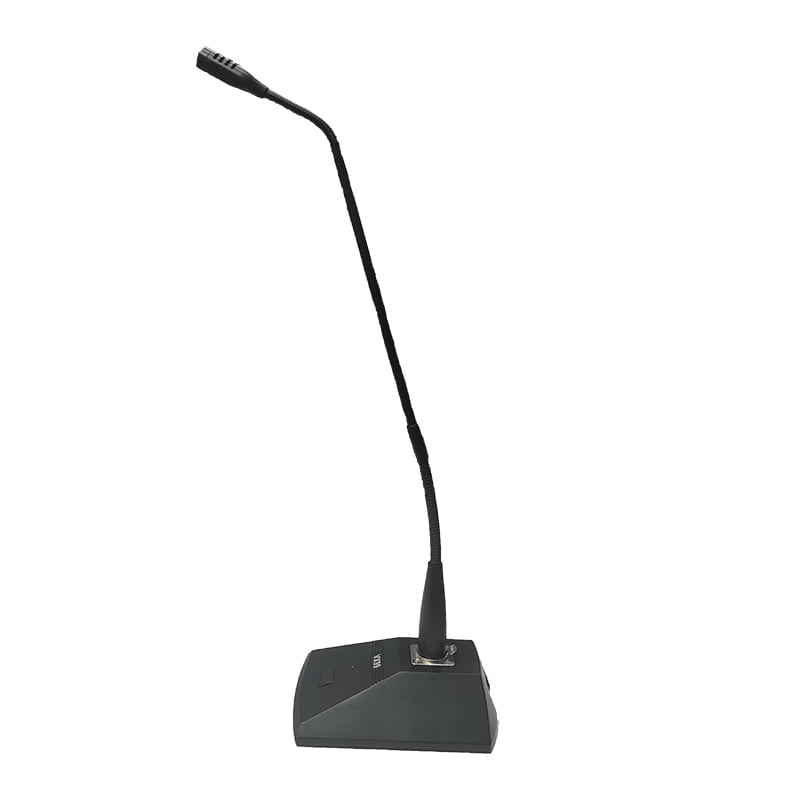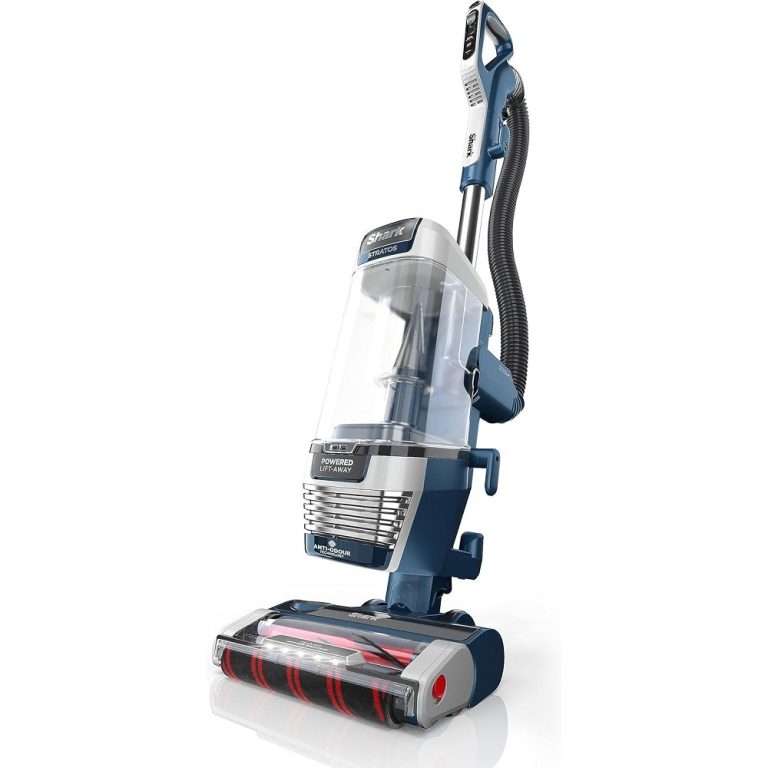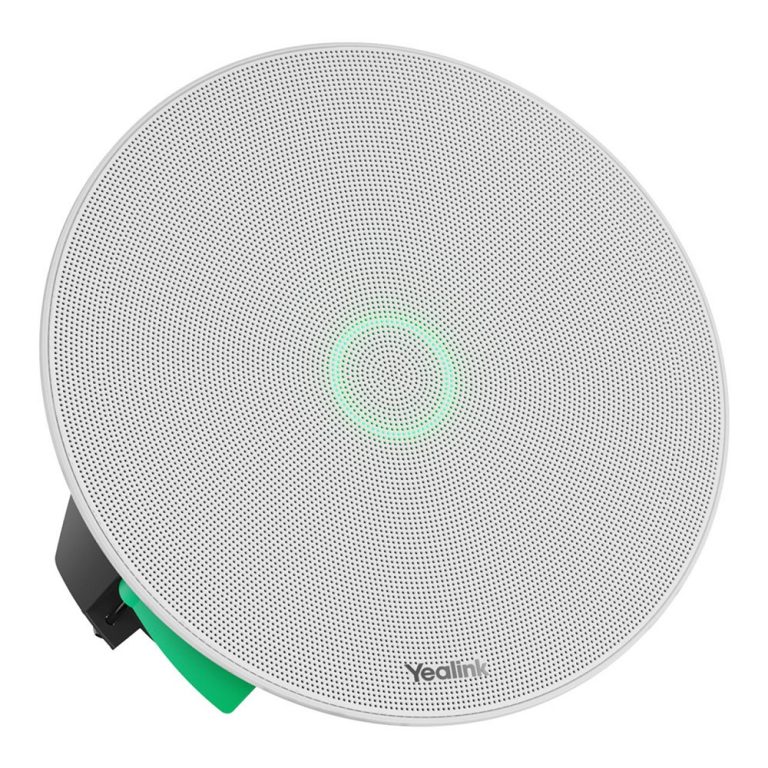Podium microphones are essential tools for speakers, presenters, and educators. They provide clear audio transmission in various settings, from conferences to classrooms. However, to achieve maximum impact, proper setup and usage of a podium microphone are crucial. In this guide, we will explore how to set up a podium microphone effectively, adjust its settings for optimal sound quality, and use it to enhance your presentations. With the right approach, you can ensure that your message is communicated clearly and powerfully.
Understanding the Types of Podium Microphones
Dynamic vs. Condenser Microphones
Podium microphones typically fall into two main categories: dynamic and condenser microphones. Dynamic microphones are known for their durability and ability to handle high sound pressure levels. They are less sensitive to background noise, making them ideal for noisy environments. This type of microphone often works well for live performances and public speaking.
On the other hand, condenser microphones are more sensitive and provide a broader frequency response. They capture nuanced sounds and are excellent for quiet settings, but they may pick up unwanted background noise. Understanding the differences between these two types will help you choose the right microphone for your specific setting.
Boundary Microphones
Another option to consider is boundary microphones, also known as surface-mounted or PZM (Pressure Zone Microphone) types. These microphones are designed to be placed on flat surfaces like podiums or tables. They capture sound from a wider area and are beneficial in situations where the speaker may move around or where multiple speakers are present.
Choosing the right type of podium microphone can significantly impact the overall quality of your presentation. Evaluate the setting, desired sound quality, and your speaking style to make an informed decision.
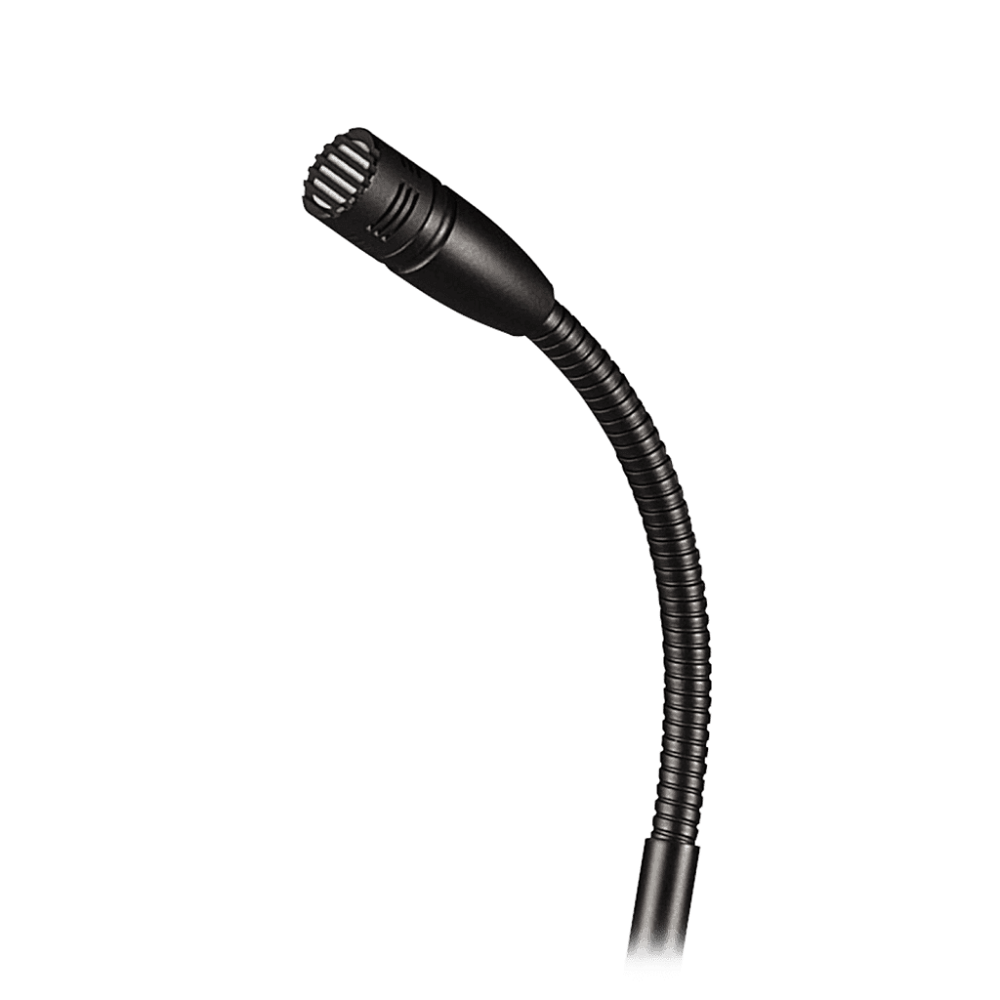
Setting Up Your Podium Microphone
Gathering Essential Equipment
Before setting up your podium microphone, gather all necessary equipment. In addition to the microphone, you will typically need a microphone stand or podium if it is not permanently installed. Also, ensure you have an audio mixer or amplifier if required, along with cables, batteries, and any necessary adapters.
Having all the components ready before starting the setup process will save you time and allow for a smooth installation. It’s also a good idea to have a backup microphone, batteries, and cables on hand in case of technical issues during your presentation.
Choosing the Right Location
Finding the ideal placement for your podium microphone is vital for capturing clear audio. If using a handheld microphone, hold it about 6 to 8 inches away from your mouth. For boundary or condenser microphones, position them on the podium’s surface, ideally close to where you will be standing.
Avoid placing the microphone too far from the speaker or in areas where it may be obstructed by objects like books or electronic devices. Testing various placements before the event can help you find the best location for capturing your voice while minimizing background noise.
Connecting and Testing the Microphone
Connecting to the Sound System
Once the microphone is positioned correctly, the next step is to connect it to the sound system. If you are using a wired microphone, plug it into the appropriate input on the audio mixer or amplifier. For wireless microphones, ensure that the receiver is connected to the sound system and that the transmitter is paired with it.
After connecting, check your power sources. Make sure that any batteries are fresh, and ensure that the system is plugged into a power outlet if needed. Double-check all connections to avoid technical difficulties during the presentation.
Performing Sound Checks
Before starting your presentation, conducting a sound check is essential. This will help you assess the microphone’s clarity and volume levels. Begin by speaking into the microphone at your expected speaking volume. Listen for clarity, feedback, or distortion.
Adjust the input levels on the audio mixer to prevent clipping or distortion. If you’re using a wireless microphone, check for any potential interference from other devices. It is best to perform sound checks with the same equipment and setup that will be used during the actual presentation to ensure optimum results.
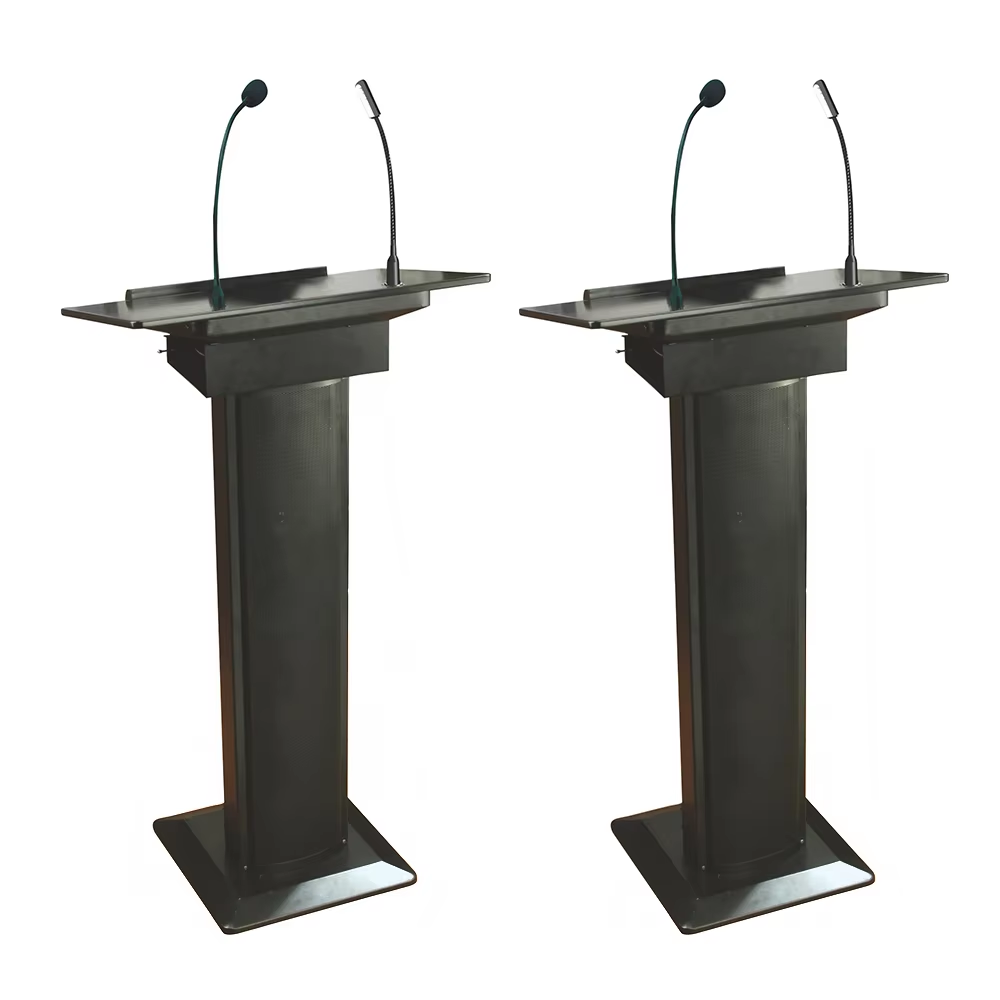
Using the Microphone Effectively
Proper Microphone Technique
Effective microphone technique is crucial for ensuring that your message is communicated clearly. For handheld microphones, remember to hold the microphone close to your mouth while allowing space to breathe. Avoid covering the microphone with your hand, as this can muffle the sound. For boundary microphones, maintain eye contact with your audience while projecting your voice directed towards the microphone.
Avoid moving away from the microphone while speaking. If you need to step aside, consider using a headset microphone, which allows for hands-free operation and ensures your voice remains clear regardless of your position.
Speaking Clearly and Confidently
Your delivery significantly impacts the effectiveness of your speech. Speak clearly and at a moderate pace to ensure that your message is conveyed effortlessly. Using vocal variety can keep your audience engaged and help emphasize important points. In addition, make sure to project your voice, ensuring it reaches the back of the room without straining.
Using pauses effectively can help emphasize key points while giving the audience time to absorb information. Encourage audience interaction if appropriate, maintaining a conversational tone that makes them feel included in the discourse.
Managing Audience Engagement
Inviting Interaction
An engaging presentation often involves inviting audience interaction. Encourage questions and participation throughout your speech. If you want questions to be asked in between, ensure the microphone is heard clearly by raising it in the direction of the audience.
Make sure you are prepared to address questions or feedback enthusiastically. Engaging with an audience through commentary or anecdotes can make your presentation feel more relatable. Additionally, seek out nodding or facial expressions to gauge audience reactions and adjust your delivery based on their engagement levels.
Reading the Room
Being aware of your audience is key to delivering an impactful presentation. Pay attention to body language and maintain eye contact with different sections of the audience. If you sense that their attention is wavering, consider adjusting your tone, changing your pacing, or incorporating a brief audience interaction to regain their focus.
Utilizing storytelling techniques can also resonate with the audience. Sharing personal experiences related to your topic can help create a persuasive connection. Understanding when to adapt your approach is essential to fostering a compelling learning environment.
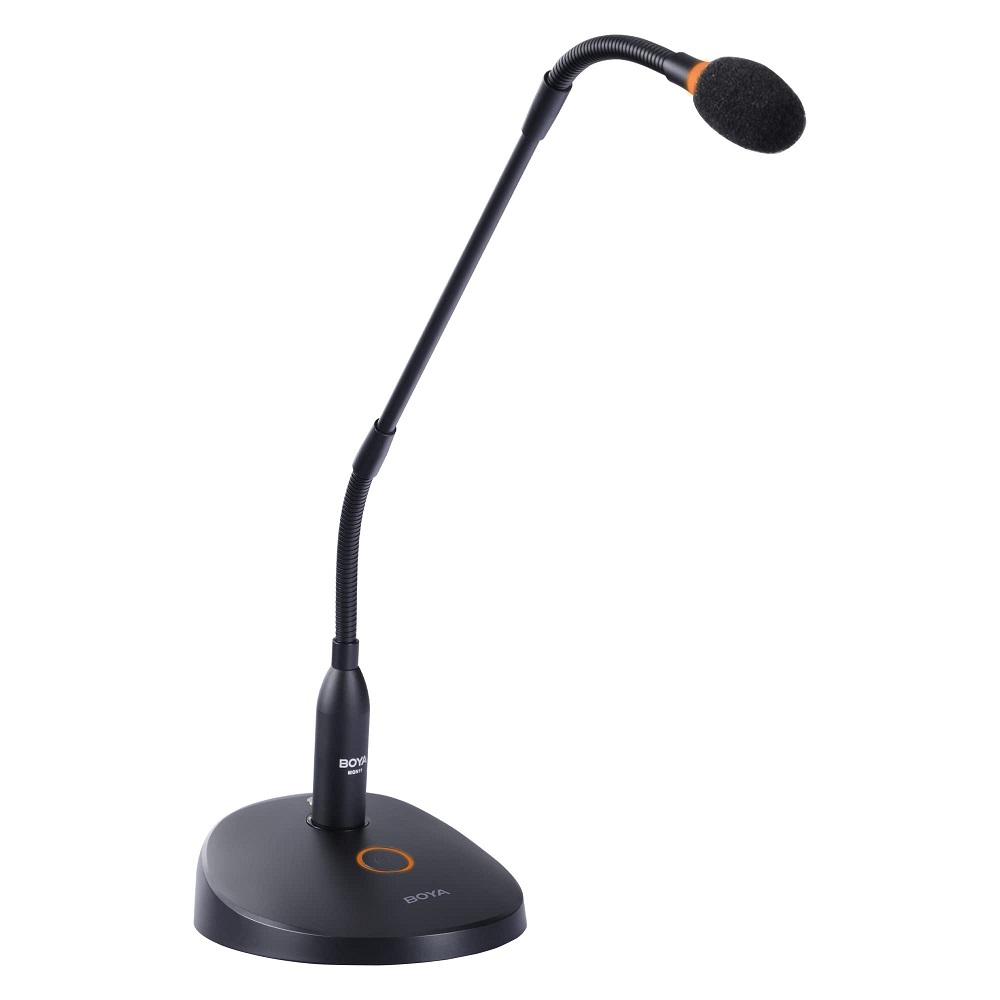
Troubleshooting Common Issues
Addressing Technical Issues
Despite thorough preparation, technical difficulties can arise during presentations. Be prepared to troubleshoot common issues such as microphone feedback, poor sound quality, or connection problems. If feedback occurs, try adjusting the microphone distance from speakers or re-positioning the microphone.
If sound quality is compromised, check all connections and levels on the mixer. Ensure that the correct microphone input is selected and that no settings have been unintentionally altered. Always have a plan B, like a backup microphone or an alternative audio source, should the primary setup fail.
Handling Audience Disruptions
Audience disruptions can happen during a presentation, whether it’s a loud noise or unexpected questions. Stay calm and composed if such situations arise. Acknowledge the disruption politely and decide whether to address it immediately or continue with your presentation first.
If someone interrupts with a question, be open and welcoming. Always encourage respectful dialogue while steering the conversation back to the main topic. Being adaptable and confident will enhance your credibility and help maintain the audience’s respect.
Enhancing Impact with Proper Techniques
In conclusion, setting up and using a podium microphone correctly can significantly enhance your presentation’s impact. By understanding the types of microphones, choosing the right equipment, and mastering effective techniques, you can ensure that your message resonates with your audience.
Proper setup, sound checks, and effective communication are vital components that contribute to the overall quality of your presentation. Troubleshooting potential issues and remaining adaptable in the face of disruptions will help you maintain control during your speech.
By applying the insights from this guide, you can maximize the potential of podium microphones to engage your audience and deliver powerful, memorable presentations. Embrace the microphone as a valuable tool in your speaking arsenal, and enjoy the experience of sharing your knowledge and ideas with confidence.
